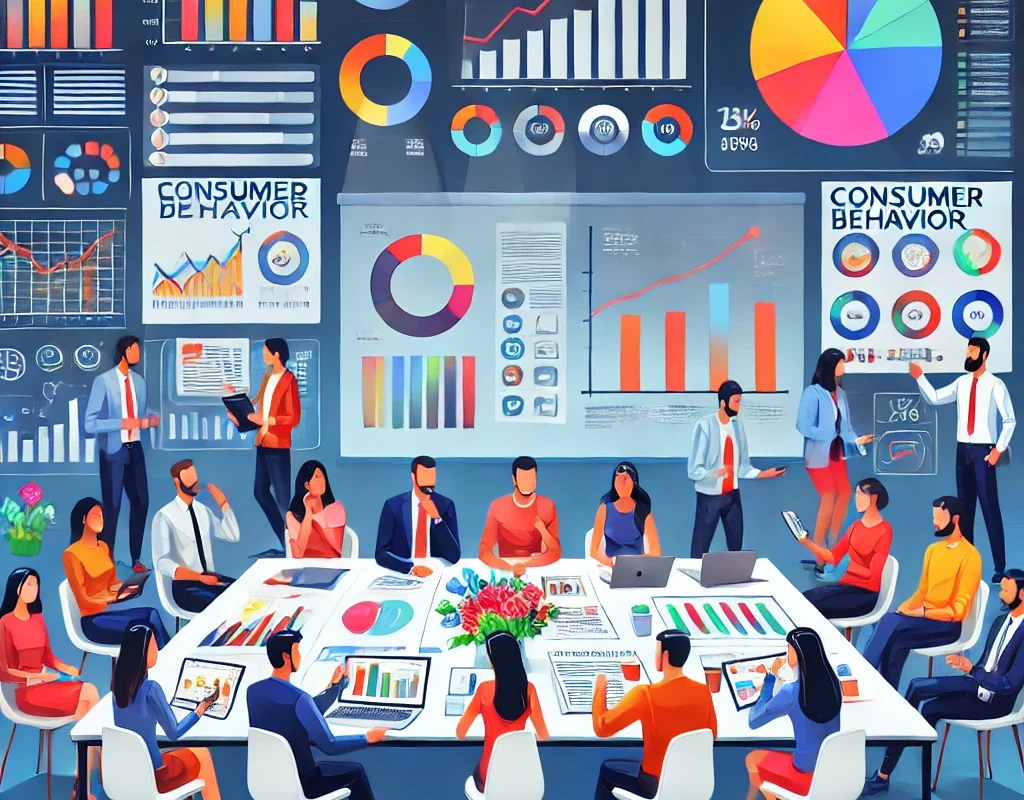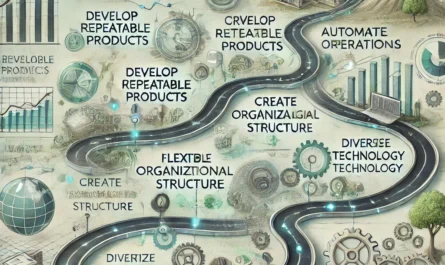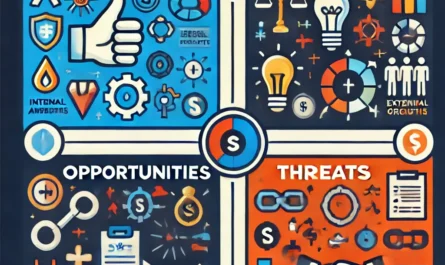Understanding consumer behavior has become a cornerstone of successful marketing. As consumer preferences continue to evolve, marketers need to stay ahead of the curve to effectively connect with their audiences. But what drives consumer decisions? What hidden forces shape the choices they make? In this article, we’ll explore 7 key consumer behavior insights every marketer should know. From the psychology behind decision-making to the growing demand for sustainability, these insights will help you tailor your marketing strategies to meet modern consumer expectations.
Consumer Behavior Insights
Consumer behavior is a complex field that intertwines psychology, economics, and cultural trends. For marketers, having a deep understanding of these factors is essential. Whether it’s predicting purchasing patterns or crafting messages that resonate, insights into consumer behavior provide a roadmap to better engagement and higher conversions.
To succeed, marketers must go beyond demographics and look into how emotions, biases, and social influences affect buying decisions. Armed with this knowledge, they can create targeted campaigns that speak directly to consumers’ subconscious motivations.
The Power of Emotions in Decision-Making
Emotions play a significant role in consumer decision-making, often outweighing logic. When a brand can tap into the right emotional triggers, it creates a powerful connection that leads to loyalty and repeat purchases. Research shows that emotional marketing campaigns outperform logical campaigns because people are more likely to remember how a brand made them feel rather than what it offered.
Marketers who focus on crafting emotional stories—whether by inspiring joy, trust, or even nostalgia—can drive stronger engagement. For instance, Coca-Cola’s “Share a Coke” campaign used personalized bottles to trigger emotions of happiness and belonging, resulting in a global surge in sales.
Social Proof and the Herd Mentality
Humans are inherently social creatures, and we often look to others when making decisions. Social proof, a psychological phenomenon where people copy the actions of others, can significantly influence consumer behavior. Think about how often you read product reviews before making a purchase, or how a friend’s recommendation can sway your buying choices.
Marketers can harness social proof by showcasing customer testimonials, reviews, and case studies. The fear of missing out (FOMO) also plays into this, as people feel compelled to join in on trends or purchase what others are endorsing to fit in or stay relevant.
The Impact of Personalization
Consumers today expect personalized experiences. Whether it’s a tailored email, product recommendation, or advertisement, personalization enhances the customer experience and builds stronger connections. Data shows that 80% of consumers are more likely to purchase from brands offering personalized experiences, making it a key strategy for driving conversions.
Marketers can leverage data to create customized content that resonates with individual preferences and needs. This can be as simple as addressing a customer by name or as complex as using predictive analytics to suggest products based on past behaviors. Personalization not only boosts sales but also enhances customer loyalty.
Price Sensitivity and Value Perception
Consumers are acutely aware of pricing and the value they receive in exchange for their money. Price sensitivity refers to how much price influences a consumer’s decision to purchase, while value perception is the balance between cost and benefits in the eyes of the buyer. Even if a product is priced high, if it delivers superior value or solves a pressing need, consumers may still justify the expense.
Marketers must strike a delicate balance between price and perceived value. Offering discounts, creating bundles, or highlighting the long-term benefits of a product can sway even price-sensitive consumers toward a purchase.
The Role of Cognitive Biases
Cognitive biases are mental shortcuts our brains take when processing information, and they often influence our purchasing decisions in ways we aren’t consciously aware of. For instance, anchoring occurs when consumers rely too heavily on the first piece of information they encounter (such as the original price before a discount), while loss aversion makes people more motivated to avoid losses than to acquire gains.
Marketers can leverage these biases by framing offers in a way that appeals to human psychology. Highlighting limited-time offers or showing the potential losses of not acting on a deal are powerful motivators rooted in cognitive bias.
The Shift Toward Sustainable Consumption
Consumers, especially younger generations, are increasingly prioritizing sustainability in their purchasing decisions. Ethical considerations, such as a brand’s environmental impact or labor practices, influence buying behavior. According to a recent study, 73% of consumers say they would change their consumption habits to reduce their environmental footprint.
Brands that commit to sustainable practices not only appeal to eco-conscious consumers but also build a reputation for corporate responsibility. Highlighting sustainability in marketing campaigns—whether through eco-friendly packaging, ethical sourcing, or social responsibility initiatives—can win over a growing segment of mindful consumers.
You Can Also Read: A 5-Step Framework for Creating a Winning Business Strategy
Convenience and Instant Gratification
In today’s fast-paced world, convenience is a powerful driver of consumer behavior. Consumers want things quickly and effortlessly, which explains the rise of services like same-day delivery, one-click shopping, and subscription models. The need for instant gratification also fuels this behavior, as people prefer immediate rewards over long-term gains.
Marketers who can offer convenience—whether through simplified checkout processes, fast shipping, or user-friendly apps—are likely to capture more consumers. Additionally, providing instant perks like discounts or exclusive access creates a sense of immediate value, which further incentivizes purchases.



